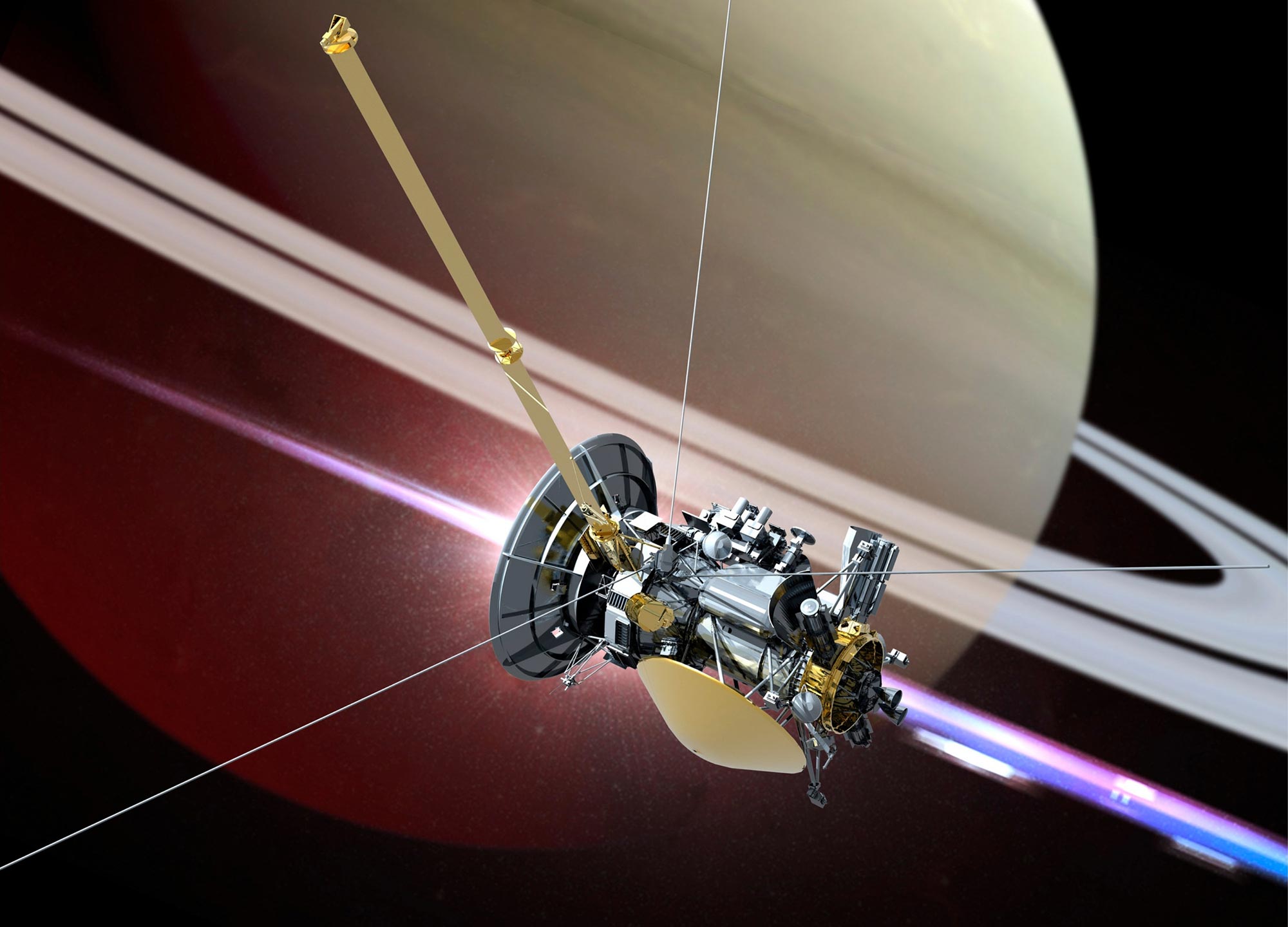Triunfo en Saturno – Parte I (Documental de la NASA)
2 min read
Cassini de la NASA fue una nave espacial robótica enviada para estudiar el planeta Saturno, sus anillos y lunas. Fue un proyecto conjunto entre la NASA, la Agencia Espacial Europea (ESA) y la Agencia Espacial Italiana (ASI), y fue lanzado el 15 de octubre de 1997.
En 1997, una ambiciosa misión internacional, encabezada por[{” attribute=””>NASA’S Jet Propulsion Laboratory, launches to Saturn. The goal is to place a spacecraft around the planet and land the European Space Agency’s probe on a moon in the outer solar system, something never before attempted. But this is a mission that had to fight its way to the launch pad. A tight budget, threats of cancellation, and friction between what scientists want and what engineers can do are just some of the obstacles that have to be worked out by an international team of scientists and engineers from 27 nations.
Time and again the project is forced to compromise, including even the flight path to Saturn. It requires first flying in towards the Sun to Venus. Twice. Finally, after a journey of seven long years, the fate of the mission depends on what happens in just three hours. Will Cassini’s rarely-used main engine light up and slow down the spacecraft enough to be captured by Saturn’s gravity? Or will the spacecraft be destroyed as it flies through a gap in Saturn’s rings? Find out in Part One of Triumph at Saturn.
Haciendo una crónica de la historia de la misión Cassini de la NASA, este es el último de una serie de documentales, “[{” attribute=””>JPL and the Space Age.” These films use rare archival footage and interviews with pioneering engineers and scientists from the Jet Propulsion Laboratory in retelling the stories of many of humanity’s first steps into the cosmos. Credit: NASA’s Jet Propulsion Laboratory
JPL and the Space Age Video Series

“Increíble aficionado a la música. Estudiante. Empollón empedernido del café. Jugador. Especialista web aficionado. Pionero malvado de la cultura pop”.


